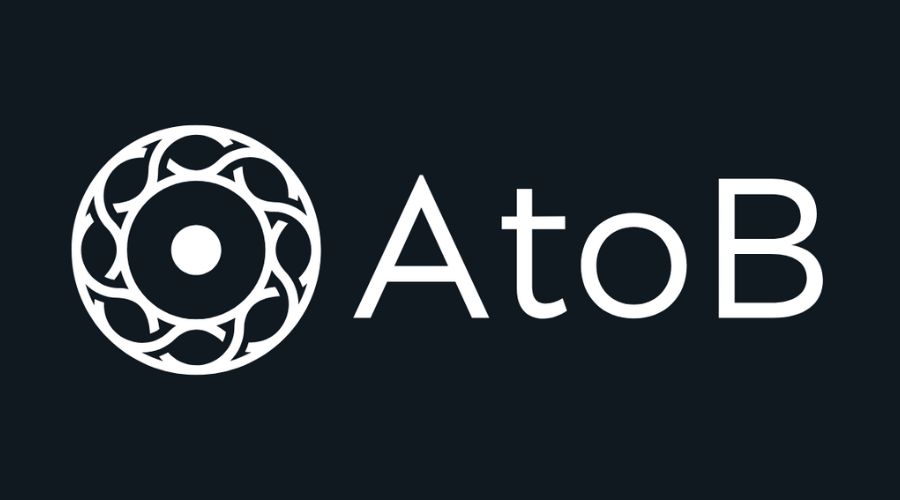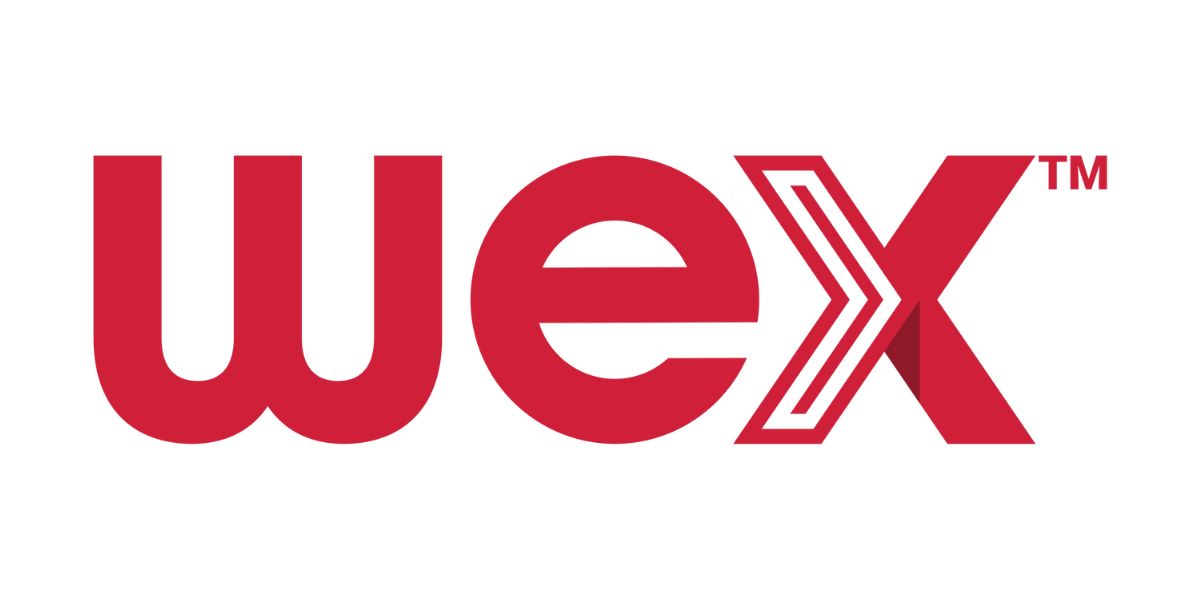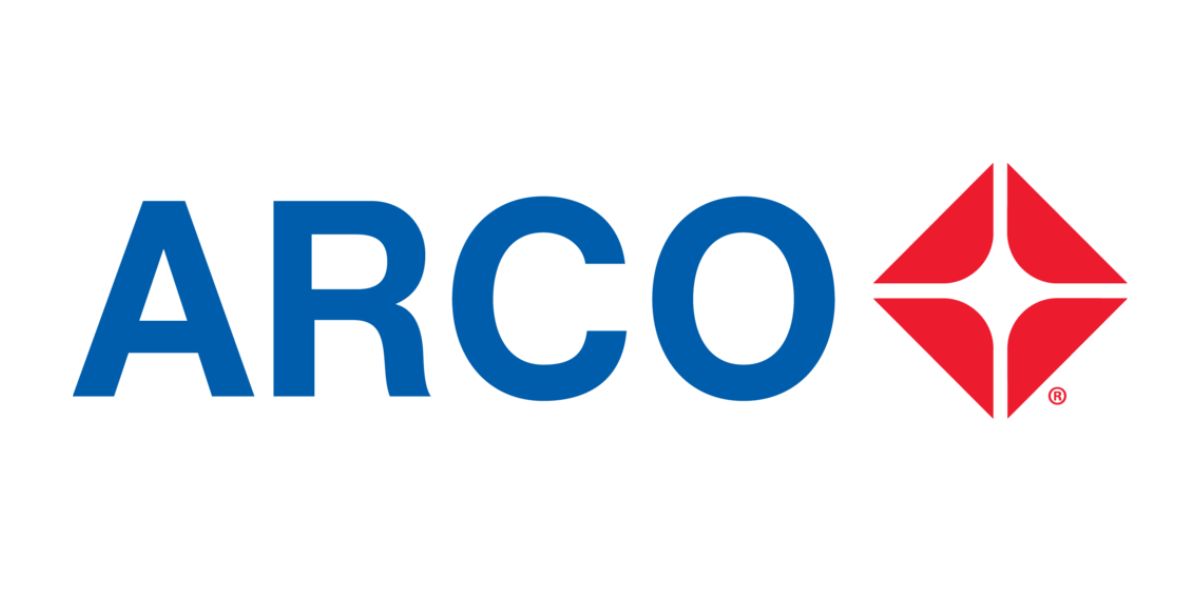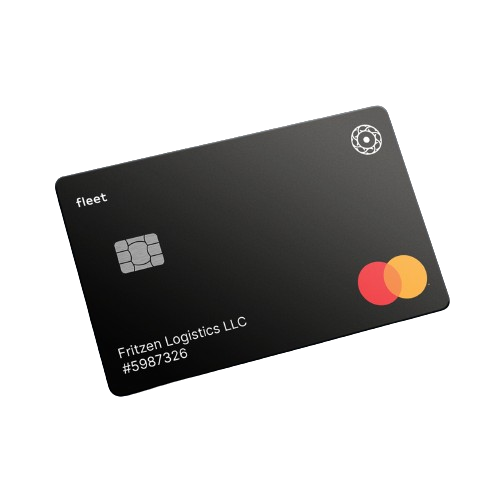Managing fuel costs is one of the hardest parts of running a fleet. Between rising fuel prices, fuel card fraud, and hidden fees, finding the right prepaid fuel card can save your business thousands—or cost you just as much if you choose poorly. If you're searching for the best prepaid fuel cards that combine upfront spending control with real savings, this guide breaks down your top options, what to watch for, and how to pick the card that actually fits your operation.
Key Takeaways
- Prepaid fuel cards eliminate credit checks and give you absolute spending control by requiring you to load funds before drivers can fuel up.
- Universal acceptance matters more than ever—cards accepted at 99% of stations (like AtoB) prevent routing headaches and out-of-network fees.
- Discount structures vary widely—from 3¢ per gallon at retail stations to 45¢+ at truck stops, depending on the card and location.
- Hidden fees can erase your savings—watch for setup charges, monthly fees, transaction fees, and out-of-network penalties.
- Fraud protection is non-negotiable—features like card unlock, telematics integration, and real-time alerts prevent theft before it happens.
- The best prepaid fuel card depends on your fleet size, routes, and fuel volume—not just headline discounts.
{{CTA}}
5 Best Prepaid Fuel Cards To Try
1. AtoB

Overview
AtoB is built for fleets that need universal acceptance without sacrificing discounts or control. Whether you run five service vans or 50 semi-trucks, AtoB works everywhere Mastercard is accepted—99% of pumps nationwide—while still delivering aggressive savings at 30,000+ partner stations. It's ideal for mixed fleets, unpredictable routes, and small businesses tired of restrictive fuel networks.
Pros and cons
Pros:
- Universal Mastercard acceptance—no network restrictions
- Average 45¢ per gallon discounts on truck diesel at truck stops; 5¢ per gallon at gas stations
- Transparent $3/month per card pricing with no transaction fees
- Fraud protection up to $250,000 with telematics integration
- 1-tap card unlock and SMS verification prevent unauthorized transactions
- Real-time fuel price map (FuelMap) saves an average of 21¢ per gallon through smarter routing
- 1-7 day approval with only proof of revenue required
- 24/7 support with 29-second average response time
Cons:
- $35 setup fee (one-time)
- Premium features (FuelMap, telematics) add $3/month per card
- Requires a smartphone for optimal security features and savings features
Fees and limits
Spending limits: Fully customizable by card, driver, or time period. No cap on discounted gallons.
Acceptance network
AtoB runs on Mastercard's global network, giving you near-universal acceptance at gas stations, truck stops, and independent retailers. Discount partnerships include TA, Petro, TA Express, Rutter's, Kwik Trip, Speedway, RaceTrac, and 30,000+ other locations. You're never locked into a single brand.
Why it's one of the best prepaid fuel cards
AtoB solves the biggest frustration with traditional fuel cards: you shouldn't have to choose between acceptance and savings. With universal Mastercard coverage and truck stop discounts up to 45¢ per gallon, drivers fuel where it makes sense—not where a limited network forces them. The fraud protection is industry-leading, especially with telematics. One fleet manager put it this way: "It's virtually impossible to steal with AtoB." Add transparent pricing, instant card controls, and same-day support, and it's why AtoB consistently outperforms legacy providers.
2. WEX

Overview
WEX is one of the largest fuel card providers in North America, serving over 800,000 businesses and millions of vehicles worldwide. It's best for large fleets with established credit that operate primarily within major fuel networks and need enterprise-grade reporting tools.
Pros and cons
Pros:
- 95% acceptance at U.S. fuel stations
- Up to 15¢ per gallon discounts within the WEX EDGE network
- Comprehensive IFTA reporting automation
- Advanced telematics integration
- Extensive merchant network for maintenance and repairs
Cons:
- Complex fee structure with transaction fees up to $3 at truck stops
- Requires credit approval
- Out-of-network fees can accumulate quickly
- Customer service often involves long hold times
- Not ideal for small fleets due to minimum spending expectations
Fees and limits
Acceptance network
WEX covers 95% of U.S. fuel stations plus 45,000 maintenance and service locations. The WEX EDGE network of 12,000+ truck stops offers enhanced rebates, but outside that network, fees add up fast.
Why it's one of the best fuel cards
WEX isn't technically a prepaid card—it's credit-based—but it's worth comparing if you have strong business credit and consistent routes. The discount depth and enterprise features are solid for large operations. However, transaction fees and network limitations make it less flexible than truly universal options.
3. Shell

Overview
Shell Fleet Cards work best for regional fleets that operate near Shell stations and want brand-specific perks, such as maintenance discounts at Jiffy Lube. If your routes align with Shell's 12,000+ locations, you'll capture meaningful per gallon savings.
Pros and cons
Pros:
- Up to 6¢ per gallon rebates at Shell stations
- No setup, monthly fees, or annual fees
- 15-20% discounts on Jiffy Lube maintenance
- Fuel Rewards program stacks additional savings
- Shell Card Business Flex extends to 95% of stations (with lower rebates)
Cons:
- Rebates limited to Shell-branded locations
- Lower per-gallon savings compared to universal cards with truck stop partnerships
- Requires credit approval
- Geographic gaps in rural areas
- Flex card reduces rebates in exchange for broader acceptance
Fees and limits
Acceptance network
Standard Shell Card: 12,000+ Shell stations
Shell Card Business Flex: 95% of U.S. fuel stations (with reduced rebates)
Why it's one of the best fuel cards
Shell's zero-fee structure is attractive, and if your fleet naturally fuels at Shell locations, the rebates add up. But it's a credit card, not prepaid fuel, and the brand lock-in limits flexibility. The Flex option addresses this, but cuts your discount in half. It's a solid regional choice, not a universal solution.
4. Coast

Overview
Coast Cards targets small- to mid-sized fleets (1-50 vehicles) seeking transparent pricing and universal Visa acceptance. It's designed for small business owners who want simplicity over complex discount tiers.
Pros and cons
Pros:
- Universal Visa acceptance
- Simple $4/month per active card pricing
- 3-9¢ per gallon rebates at 30,000+ partner stations
- 1% cash back on non-fuel purchases
- No out-of-network fees
- Fraud guarantee up to $25,000
Cons:
- Lower truck stop discounts compared to AtoB
- Fraud coverage caps at $25,000 (vs. $250,000 with AtoB telematics)
- $35 late fee or 2.5% of past-due balance (whichever is greater)
- Fewer advanced security features (no telematics integration)
Fees and limits
Acceptance network
Universal Visa acceptance at any station that takes Visa. Discount partnerships at Exxon, Mobil, 7-Eleven, Casey's, Circle-K, and others.
Why it's a great option for light fleets
Coast Cards are easy to understand and work everywhere. The $4/month fee is competitive, and the zero-setup, zero-transaction-fee model avoids surprise charges. However, if you operate heavy trucks or need serious fraud protection, AtoB's truck stop discounts and $250,000 fraud guarantee deliver more value. Coast is a solid entry-level prepaid option for light fleets.
5. Arco PumpPass

Overview
Arco Business Solutions is a regional player focused on Western states (California, Nevada, Arizona, Oregon, Washington). If you operate primarily in these areas and purchase fuel at Arco stations, the introductory 15¢ per gallon discount is hard to beat.
Pros and cons
Pros:
- 15¢ per gallon discount for first 3 months (promotional)
- 1,400+ Arco locations in Western states
- TOP TIER fuel quality
- Arco Rewards loyalty program (5¢ per gallon minimum)
- MasterCard backup for non-Arco locations
Cons:
- Heavily regional—limited use outside the West
- Promotional discount drops after 3 months
- Average savings rates vary by account
- Not ideal for national or long-haul fleets
- Requires route planning around Arco locations
Fees and limits
Fee details are not publicly standardized—vary by account type and agreement.
Acceptance network
1,400+ Arco stations in Western U.S. MasterCard option extends acceptance nationally, but discounts apply only at Arco locations.
Why it's one of the best fuel cards for Western fleets
Arco is a regional champion, offering strong promotional pricing and high-quality fuel. If your fleet operates west of the Rockies, it's worth considering—especially during the 15¢-per-gallon intro period. But once that ends, and if your routes extend east, you'll quickly outgrow it. It's a tactical regional option, not a universal solution.
How Does A Prepaid Fuel Card Work?
A prepaid fuel card works by requiring you to add funds to the card before your driver can use it. Think of it like a prepaid gas card—once the balance runs out, the card stops working until you reload it. Here's the step-by-step:
- Load funds: You transfer money to the card through the provider's online dashboard, mobile app, or linked bank account. Some providers offer automatic reload when balances hit a threshold.
- Driver fuels up: Your driver swipes the card at any participating gas station (or at any station, if it's a universal card). They may need to enter a PIN, driver ID, or odometer reading.
- Transaction processes: The purchase amount is deducted from the prepaid balance. If the purchase exceeds the balance, the transaction is declined—no credit line, no debt.
- You monitor in real time: Every transaction appears instantly in your dashboard, with details such as location, gallons, price, and driver.
Why fleets choose prepaid fuel over credit:
- No credit check required—accessible to startups and businesses rebuilding credit
- Absolute spending control—drivers can't overspend beyond the loaded balance
- No interest or debt risk—you're spending your own money, not borrowing
- Faster approval—often 1-7 days vs. weeks for credit-based cards
Prepaid fuel cards are especially popular with owner-operators, new fleets, and businesses managing tight cash flow who want spending limits without the complexity of credit lines.
{{CTA}}
How to Get and Load a Prepaid Fuel Card
Getting a prepaid fuel card is simpler than most business credit products. Here's what the process looks like:
Step 1: Choose a provider
Compare cards based on:
- Acceptance network (universal vs. restricted)
- Discount structure (cents per gallon, eligible locations)
- Fees (setup, monthly, transaction)
- Security features (fraud protection, spending controls)
Step 2: Apply online
Most providers let you apply in under 10 minutes. You'll typically need:
- Business name and EIN (or SSN for sole proprietors)
- Proof of revenue (bank statements, invoices)
- Contact information
- Estimated monthly fuel spend
No credit check for true prepaid cards. Approval usually takes 1-7 business days.
Step 3: Set up your account
Once approved:
- Link your bank account for funding
- Configure spending controls (daily limits, purchase categories, hours of operation)
- Assign cards to specific drivers or vehicles
- Enable fraud protection features (PINs, card unlock, telematics)
Step 4: Load funds
You can load money via:
- One-time transfers from your bank information
- Automatic reloads when the balance drops below a set amount
- Just-in-time funding, where money transfers only when a card is used (some providers)
Most providers offer instant digital cards, so drivers can start fueling immediately. Physical cards arrive in 5-7 business days.
Step 5: Monitor and adjust
Use your dashboard to:
- Track spending by driver, vehicle, or location
- Review discount savings per transaction
- Flag unusual activity
- Adjust limits as needed
Pro tip: Start with conservative purchase limits and expand them as you confirm drivers follow your fuel policy. This prevents costly mistakes during onboarding.
Apply for an AtoB prepaid fuel card in under 5 minutes →
What Are the Factors to Consider Before Choosing a Prepaid Fuel Card?

Not all prepaid fuel cards are created equal. Here's what matters most:
1. Acceptance network
Question to ask: Can your drivers use this card at any station they need to fuel, or will they waste time hunting for approved stations?
- Universal cards (Mastercard/Visa) work at 99% of pumps nationwide—no route planning required
- Closed-loop cards (Shell, Exxon) lock you into specific brands—great if your routes align, limiting if they don't
- Hybrid options offer discount networks within universal acceptance (like AtoB's 30,000+ partners on Mastercard)
Why it matters: If drivers detour 10 miles to find an approved station, you lose money on wasted fuel and time—even with a bigger discount.
2. Discount depth and structure
Question to ask: Where do you actually save money, and how much?
Look at:
- Cents per gallon savings at different location types (gas stations vs. truck stops)
- Partner network size—more partners = more chances to capture discounts
- Volume tiers—do discounts increase with the number of gallons purchased?
- Limits on discounted fuel—some cards cap savings at 5,000-6,000 gallons/month
Example: A card offering 10¢ per gallon at 500 stations may save you less than a card offering 5¢ per gallon at 30,000 stations—simply because you'll actually use the second one.
3. Fee structure
Question to ask: What will this card actually cost per month?
Watch for:
- Monthly fees per card ($0-$4 is competitive; above $5 adds up fast)
- Transaction fees (some charge $1-$3 per purchase—unacceptable)
- Out-of-network fees (avoid cards that penalize fueling outside preferred stations)
- Setup fees ($25-$50 one-time is standard; $0 is better)
- Reload fees, inactivity fees, or other hidden charges
Math check: A card with $3/month fees and zero transaction fees costs $180/year for 5 cards. A card with $0 monthly fees but $2 per transaction costs $1,040/year if you fuel 100 times/month (5 cards × 20 transactions). Transaction fees are killers.
4. Fraud protection features
Question to ask: How does this card prevent theft, skimming, and unauthorized purchases?
Must-haves:
- Driver PINs (required at every transaction)
- Real-time alerts (notify you instantly of unusual activity)
- Spending controls (restricted by time, location, category, and amount)
- Card lock/unlock (disable cards instantly if lost)
Premium features:
- Telematics integration (validates purchases against GPS location and tank capacity)
- Secure Card Unlock (requires driver to unlock card via app before each use—like AtoB's 1-tap unlock)
- Fraud guarantee (reimbursement if fraud occurs—look for $50K-$250K coverage)
Industry reality: Fuel card fraud costs fleets an estimated 5-10% of annual fuel spending. A $50,000/year fuel budget could lose $2,500-$5,000 to theft without proper security.
5. Reporting and compliance tools
Question to ask: Will this card make your life easier or create more paperwork?
Look for:
- Real-time dashboards showing every transaction
- Customizable reports (by driver, vehicle, date, location)
- IFTA automation (captures fuel purchases by state for quarterly tax filing)
- Accounting software integration (QuickBooks, Xero, etc.)
- Mobile app access for drivers and fleet managers
Time savings: Automated IFTA reporting alone saves 2-4 hours per quarter. Over a year, that's a full workday you get back.
6. Approval requirements and speed
Question to ask: How fast can you get cards in your drivers' hands?
- Prepaid cards typically approve in 1-7 days with minimal documentation
- Credit cards take 2-4 weeks and require financial statements, credit checks, and more
If you're starting a new business or need cards now, prepaid wins.
What Are the Benefits of Using a Prepaid Fuel Card?
Prepaid fuel cards deliver measurable benefits and advantages over cash, personal finance tools, or traditional fleet fuel cards:
1. No credit check or approval delays
Prepaid cards don't extend credit, so providers don't need to evaluate your credit history. If you're a new business, rebuilding credit, or want to avoid personal guarantees, prepaid cards open the door immediately.
2. Absolute spending control
Drivers can only spend what you load. If a prepaid card has $500 on it, that's the max—no overages, no surprises. This prevents overspending and forces budget discipline.
3. Real savings on fuel
Even modest 5-10¢ per gallon discounts add up fast. A small fleet burning 50,000 gallons/year saves $2,500-$5,000 annually. Truck-focused cards with 45¢ discounts at truck stops can save $10,000+ per vehicle per year.
4. Fraud prevention and accountability
Every transaction captures the driver ID, location, odometer reading, and fuel amount. Combined with PIN requirements and real-time alerts, prepaid cards make theft and misuse nearly impossible—especially with advanced features like telematics and card unlock.
5. Simplified expense tracking
No more chasing paper receipts or reconciling credit card statements. Every fuel purchase flows automatically into your dashboard and accounting software. You see exactly who fueled where, when, and how much.
6. IFTA compliance automation
If you operate across state lines, prepaid fuel cards automatically log fuel purchases by jurisdiction, making quarterly IFTA tax filings a simple report export instead of hours of manual data entry.
7. Better cash flow management
With prepaid fuel, you fund purchases on your schedule—not when monthly credit bills come due. This aligns fuel spending with your revenue cycles, making cash flow more predictable.
8. No interest or debt risk
Since you're spending your own money (not borrowed funds), there's no interest, no monthly minimum payment, and no risk of debt spiraling. You stay in control.
Bottom line: Prepaid fuel cards combine the structure of business credit cards with the safety of cash, giving you savings, control, and complete visibility without the risks.
Also read: AtoB vs Comdata Fuel Card
FAQs
What is the difference between a prepaid and a fleet card?
A prepaid fuel card requires you to load funds before drivers can use it—like a debit card. Once the balance is gone, the card stops working until you reload it: no credit check, no debt, no interest.
A fleet card (credit-based) extends a line of credit. Drivers fuel now, and you pay the bill later (weekly or monthly). These require credit approval, may charge interest on unpaid balances, and carry the risk of overspending.
Which is better? Prepaid is ideal for startups, credit-challenged businesses, and fleets needing strict budget control. Credit-based fleet cards suit established businesses with strong credit that value payment flexibility.
Can I use a prepaid fuel card anywhere?
It depends on the card's network:
- Universal prepaid fuel cards (powered by Mastercard or Visa, like AtoB Unlimited or AtoB Flex) work at 99% of pumps nationwide—gas stations, truck stops, and independent retailers.
- Closed-loop prepaid cards (like Shell or Exxon) only work at that brand's stations.
Pro tip: If your drivers operate unpredictable routes or in rural areas, choose a universal card. You'll avoid wasted time hunting for approved stations.
Do prepaid fuel cards have expiration dates?
Most prepaid fuel cards do not expire as long as your account remains active. However:
- Physical cards may have expiration dates printed on them (typically 3-5 years). You'll receive a replacement before it expires.
- Loaded funds typically don't expire, but check your provider's terms—some may deactivate accounts after prolonged inactivity (e.g., 12+ months with no transactions).
Bottom line: As long as you're actively using your card, expiration isn't an issue.
Find the Best Prepaid Fuel Card for Your Needs and Earn Rewards
Choosing the best prepaid fuel card comes down to matching the card's strengths to your fleet's reality. If you operate regionally and purchase fuel almost exclusively at Shell stations, the Shell gas card makes sense. If you need rock-bottom monthly fees and light-duty coverage, Coast Cards are a solid option. If you're in the Western U.S. and Arco is everywhere, Arco's promotional pricing is hard to beat.
But if you want universal acceptance, aggressive truck stop discounts, industry-leading fraud protection, and transparent pricing—all in one card—AtoB delivers. You can use the AtoB App to find discounts at the best deals along your route, manage spending, track fuel expenses, and keep your fuel level optimized. It's why fleets consistently choose AtoB over legacy providers: you get the flexibility to purchase fuel anywhere with the savings and security you actually need.
Fuel cards should simplify your life, not complicate it. With the right prepaid card, you'll save money, prevent fraud, manage spending, and spend less time keeping track of expenses—so you can focus on growing your business.
Get started with AtoB today and start saving →
{{CTA}}
Citations:
[1] https://truckingresearch.org/
[2] https://www.fmcsa.dot.gov/
[3] https://www.eia.gov/petroleum/gasdiesel/
[4] https://www.ftc.gov/
[5] https://www.grandviewresearch.com/
Get started with AtoB

Reviewed by
Vedant Khamesra is the driving force behind product management at AtoB. Specializing in strategic partnerships, SMB solutions, and new product development, Vedant seamlessly navigates P&L responsibilities while leading product execution and strategy. He is fueled by AtoB's mission to empower truckers and fleets with intelligent financial tools and services, making their lives easier and more rewarding.



